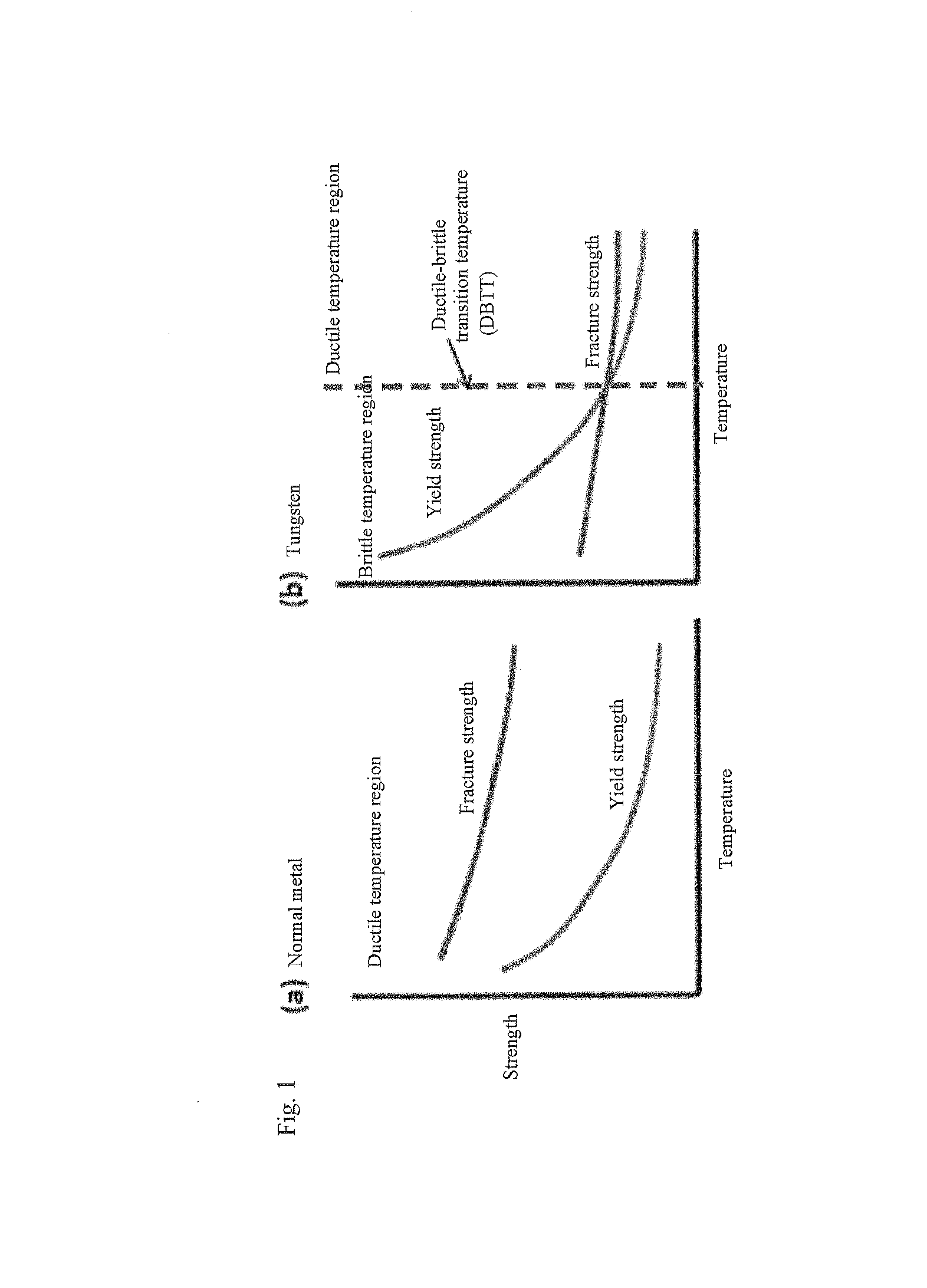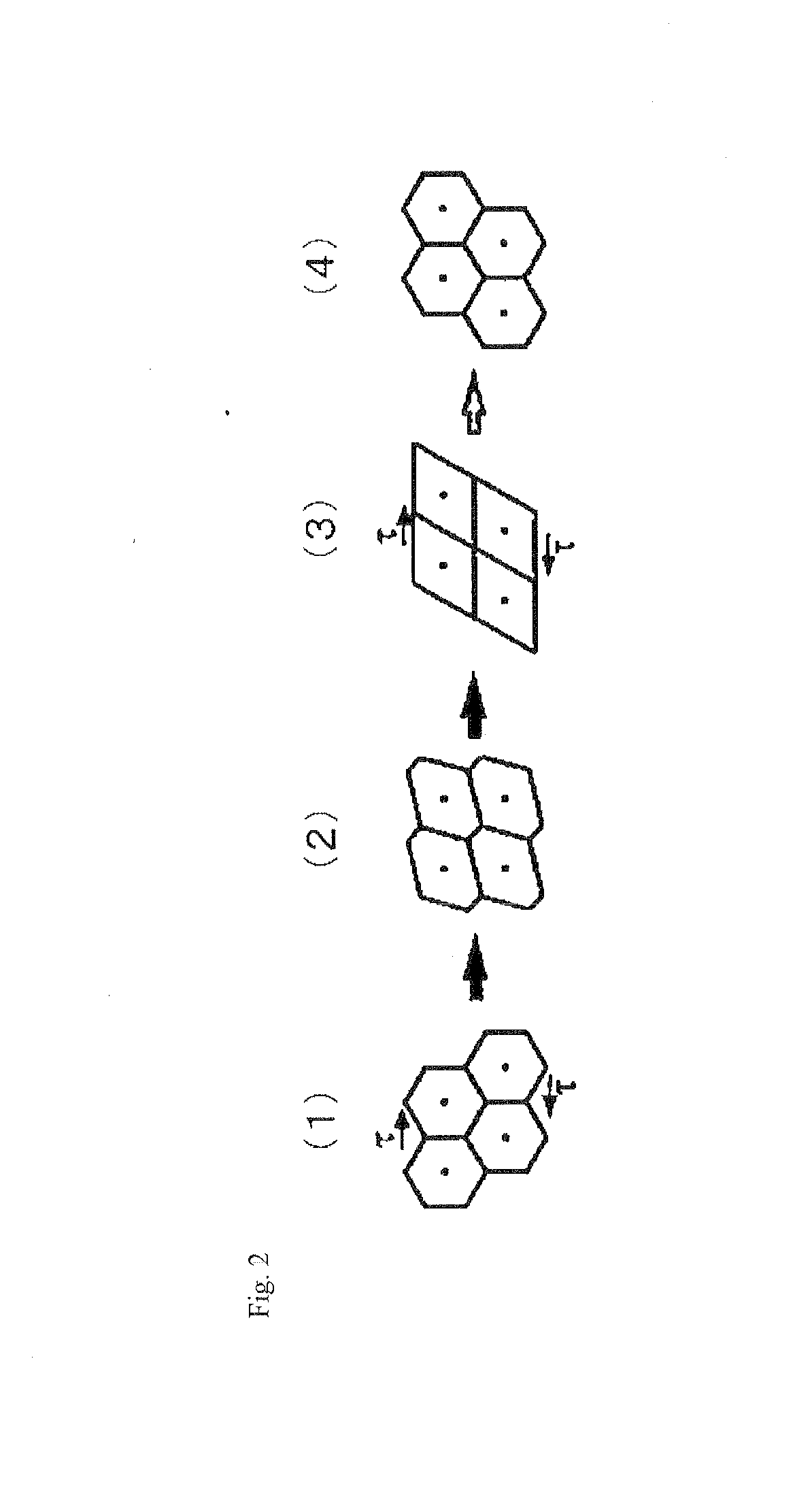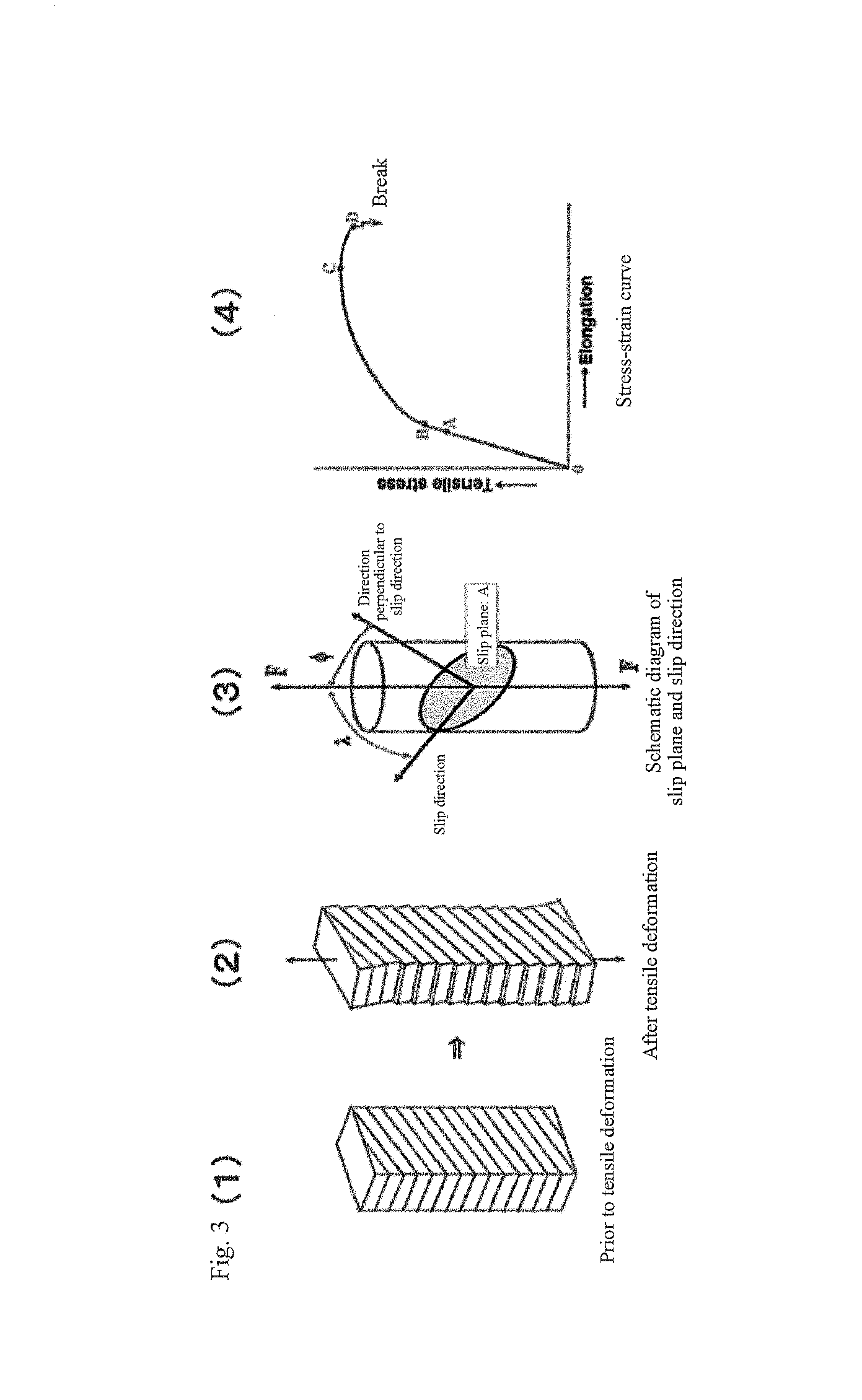Method for manufacturing alloy containing transition metal carbide, tungsten alloy containing transition metal carbide, and alloy manufactured by said method
a technology of transition metal carbide and manufacturing method, which is applied in the field of manufacturing method of tungsten alloy containing transition metal carbide, and alloy manufactured by said method, which can solve the problems of affecting the practical use of these materials as high-temperature structural materials in extreme environments, affecting the performance of the alloy, and affecting the quality of the alloy, etc., to achieve the effect of improving the grain boundary strength of the alloy in the recrystallized structur
- Summary
- Abstract
- Description
- Claims
- Application Information
AI Technical Summary
Benefits of technology
Problems solved by technology
Method used
Image
Examples
embodiments
[0062]With the methods for manufacturing the alloys and the manufactured alloys of the embodiments described below, as shown in FIG. 4, simple compressive deformation was carried out along one axis, but deformation is not restricted to simple compression, provided that superplastic deformation allowing maximal utilization of grain boundary sliding can be realized. Depending on the shape of the alloy product that is desired, for example, reduction by rolling can be employed for sheet-form materials, for example.
[0063]Characterization of transition metal carbide amount required for manifesting superplasticity
experiment 1
[0064]TiC powder with an average particle diameter of 0.7 μm (manufactured by Soekawa Chemical Co., Ltd.) was added to tungsten powder with an average particle diameter of 4 μm (Manufactured by A.L.M.T. Corp.) using the Fischer method. The material was introduced into a molybdenum boat in a hydrogen atmosphere and was then subjected to a degassing treatment by heating for 1.5 h at 950° C. under high vacuum (−4 Pa). Next, the material was subjected to a mechanical alloying (MA) treatment by mixing for 70 h at a vibration frequency of 360 cycles / min (6 Hz) in a TZM (titanium, zirconium-containing molybdenum alloy) container (pot) using a tri-axial vibrating ball mill (TKMAC 1200, manufactured by Topology Systems). In order to characterizes the appropriate TiC powder addition range, eight MA treatment sample runs were carried out with TiC powder contents of 0 to 6.0 mass %.
[0065]Next, the MA-treated powder was introduced into a molybdenum boat and was heated for 1.5 h at 950° C. under ...
experiment 2
[0067]The same test as in Experiment 1 was carried out, with the exception that the hydrogen in Experiment 1 was changed to argon, and nine samples were used in which the TiC content was varied. The results are shown in Table 2
TABLE 21500° C.1600° C.1700° C.TiC contentElongationElongationElongationSample No.Mass %(%)(%)(%)90255100.25377110.5304060120.75070>160130.870110>160141.1120>160>160151.570>160>1601655070>160176103060
[0068]Experiment 1 and Experiment 2 above show that the TiC amount required for manifestation of superplasticity at 1600 to 1700° C. (elongation at break:100% or greater) is 0.25 to 5 mass % with the as-HIPed compacts produced from powder that was MA-treated in hydrogen atmosphere, and 0.7 to 5 mass % with those produced using an argon atmosphere. If the TiC amount is below these ranges, then weak grain boundaries occur in great numbers among the grain boundaries of the tungsten phase, and there are few grains of a second phase that inhibit grain boundary movement...
PUM
| Property | Measurement | Unit |
|---|---|---|
| ductile-brittle transition temperature | aaaaa | aaaaa |
| grain diameters | aaaaa | aaaaa |
| melting points | aaaaa | aaaaa |
Abstract
Description
Claims
Application Information
 Login to View More
Login to View More - R&D
- Intellectual Property
- Life Sciences
- Materials
- Tech Scout
- Unparalleled Data Quality
- Higher Quality Content
- 60% Fewer Hallucinations
Browse by: Latest US Patents, China's latest patents, Technical Efficacy Thesaurus, Application Domain, Technology Topic, Popular Technical Reports.
© 2025 PatSnap. All rights reserved.Legal|Privacy policy|Modern Slavery Act Transparency Statement|Sitemap|About US| Contact US: help@patsnap.com



